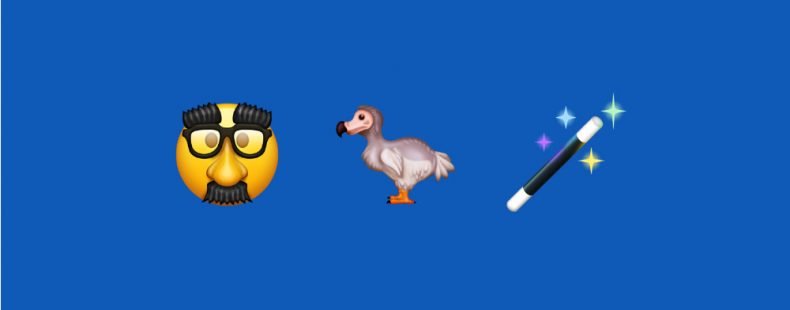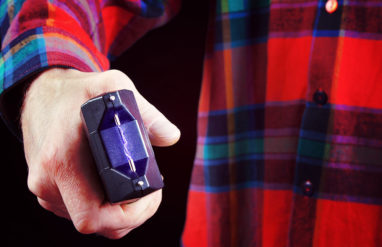Have you been waiting for a ninja emoji? Or a chance to showcase your love of boomerangs (with a boomerang emoji)? Or were you just hoping to profess your passion for the environment with a polar bear emoji 🐻❄️? Well, 2020 has made your fondest emoji wishes come true.
The Unicode Consortium’s latest emoji update, known as Emoji 13.0, was released in January 2020. It includes 117 new emoji representing everything from animals (even extinct ones, like the dodo) to everyday items, like a plunger.
Look for these new emoji on your devices as platforms release their versions of them through the year. So far, as of May 2020, you can find the pictographic newcomers on Twitter. Until other platforms, like Apple who usually releases new emoji in the fall, support Emoji 13.0, the new emoji will display as empty boxes or the like.
But the real headline about these new emoji is that many represent an effort to make depictions of people more inclusive of a variety of gender and sexual representations and roles. For example, we now have a new Mx. Claus, for instance, showing a gender-neutral Santa Claus.
Here are some of the new emoji for 2020. We’re excited about what they represent—and eager to discover the creative ways people will put them to use.

























